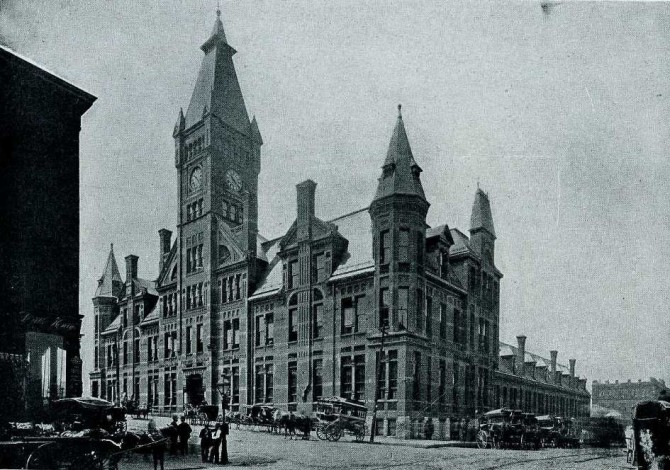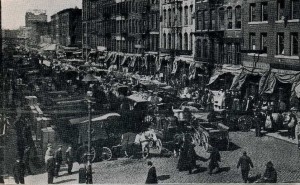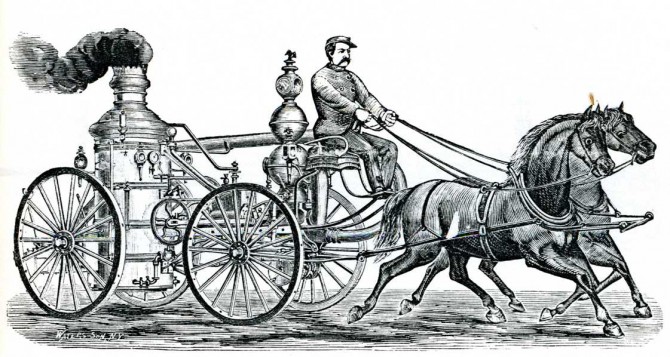As previously mentioned, the relationship between horses and humans is complex. People like horses. Pigs—not so much. People ride horses for pleasure and bet on horse races. Cow races—not really.
Horse racing and pleasure riding have always been enjoyed by Chicagoans, but horses have mostly been used in harness to pull heavy loads. Horses can pull more than five times as much as they can carry.
Ann Greene in Horses at Work speculates horses were popular in cities because they were more prestigious than oxen, the nearest competitor. Most likely the other factors she mentions were at work. Horses were faster, had more endurance and ate a diet of 50 percent grain and 50 percent hay. They ate less than cattle, which required a diet largely of hay. Hay was expensive to ship and store. Another excellent book, The Horse in the City, takes this view.
DuSable, as mentioned, had a horse—powered mill. The use of horses as stationary power was becoming obsolete in Chicago by the 1850s. Steam power had taken over.
However steamships and steam railroads only brought more freight and people to Chicago. The freight had to be transferred by teams of horses pulling wagons. The people needed transport by omnibus and horse drawn streetcars. The Illinois and Michigan Canal (1848) depended on horse power. Thus the proportions of horses to people continued to climb.
Horses delivered freight and packages everywhere in the city. Horses provided taxi service. They drew paddy wagons, steam engines to fires and hauled construction materials and every thing else.






Add a comment to: Working Horses, Continued: Technology That Changed Chicago